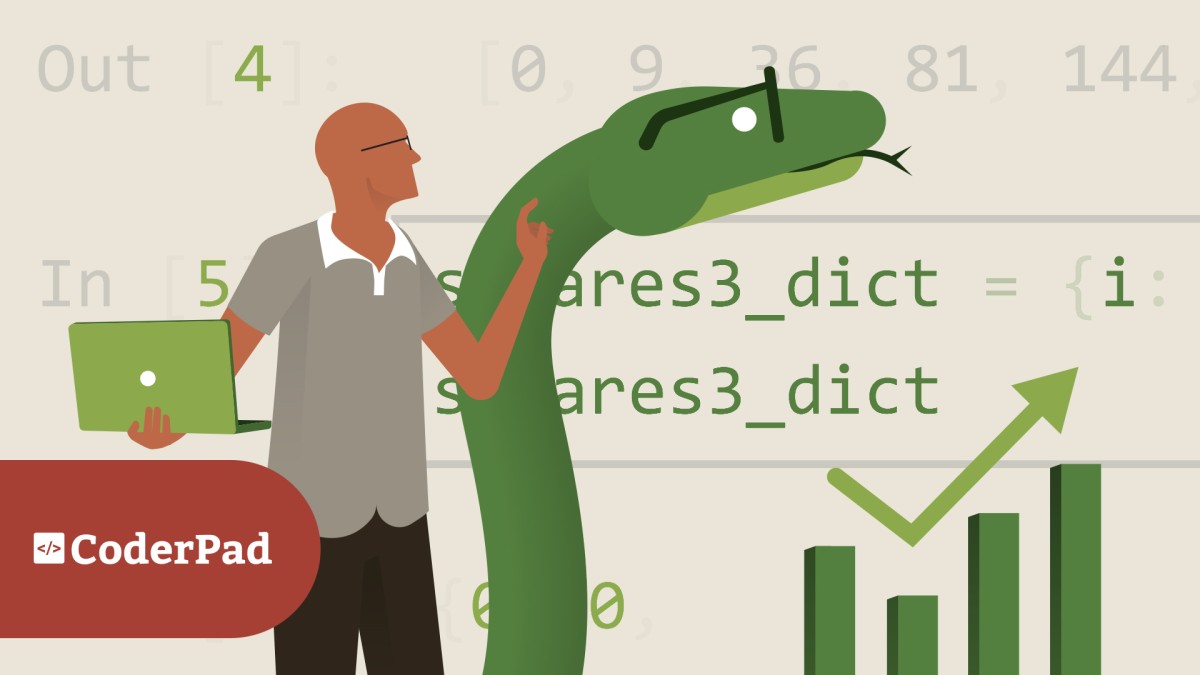This is the repository for the LinkedIn Learning course Complete Guide to Python Data Analysis. The full course is available from LinkedIn Learning.
Data science has transformed the way that government and industry leaders look at both specific problems and the world at large. Curious about how data analysis works in practice? In this course, instructor Michele Vallisneri explains what it takes to get started with data science using Python.
Michele demonstrates how to set up your analysis environment and provides a refresher on the basics of working with data structures in Python. Then, he jumps into the big stuff: the power of arrays, indexing, and tables in NumPy and pandas. He also guides you through two sample big-data projects: using NumPy to identify and visualize weather patterns and using pandas to analyze the popularity of baby names over the last century. Challenges issued along the way help you practice what you've learned. Plus, learn about the skills in the basic tasks of data analysis: importing and wrangling, summarizing and visualizing, modeling, and reasoning.
This course is integrated with GitHub Codespaces, an instant cloud developer environment that offers all the functionality of your favorite IDE without the need for any local machine setup. With GitHub Codespaces, you can get hands-on practice from any machine, at any time—all while using a tool that you’ll likely encounter in the workplace. Check out the “Set up: Using Codespaces” video to learn how to get started.
This repository includes Jupyter notebooks for most of the videos in the course, organized by chapter. To use the notebooks online, you can start a GitHub Codespace from the green "code" button.
- To use these exercise files on your computer, you must have the following installed:
- Python 3.12
- Jupyter notebook
- The Python packages listed in
requirements.txt
- Clone this repository into your local machine using the terminal (Mac), CMD (Windows), or a GUI tool like SourceTree.
- Start Jupyter notebook in the repository directory.
Michele Vallisneri
Theoretical Astrophysicist at NASA Jet Propulsion Laboratory
Check out my other courses on LinkedIn Learning.
